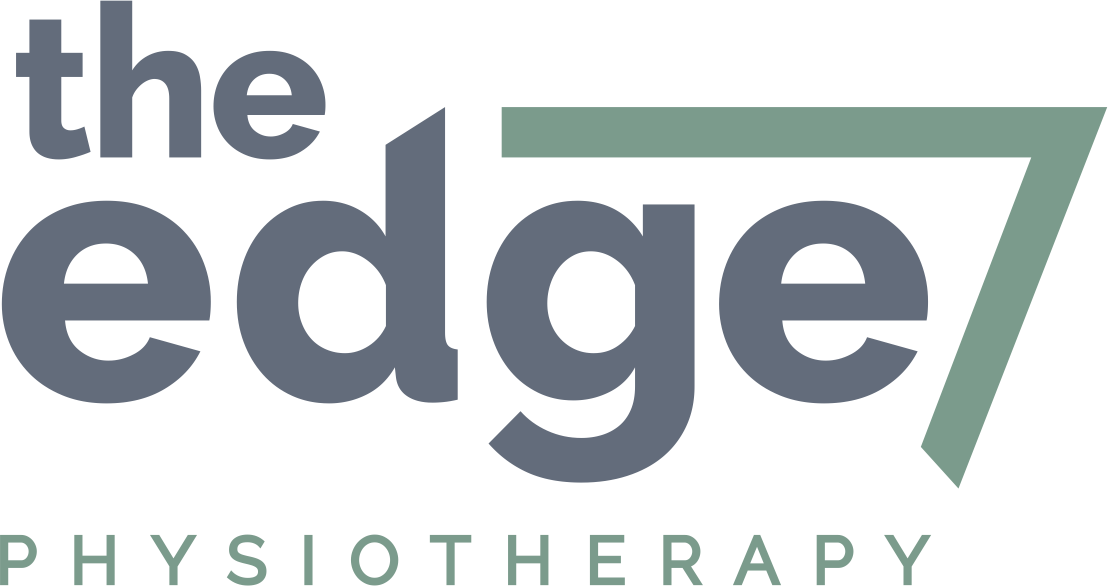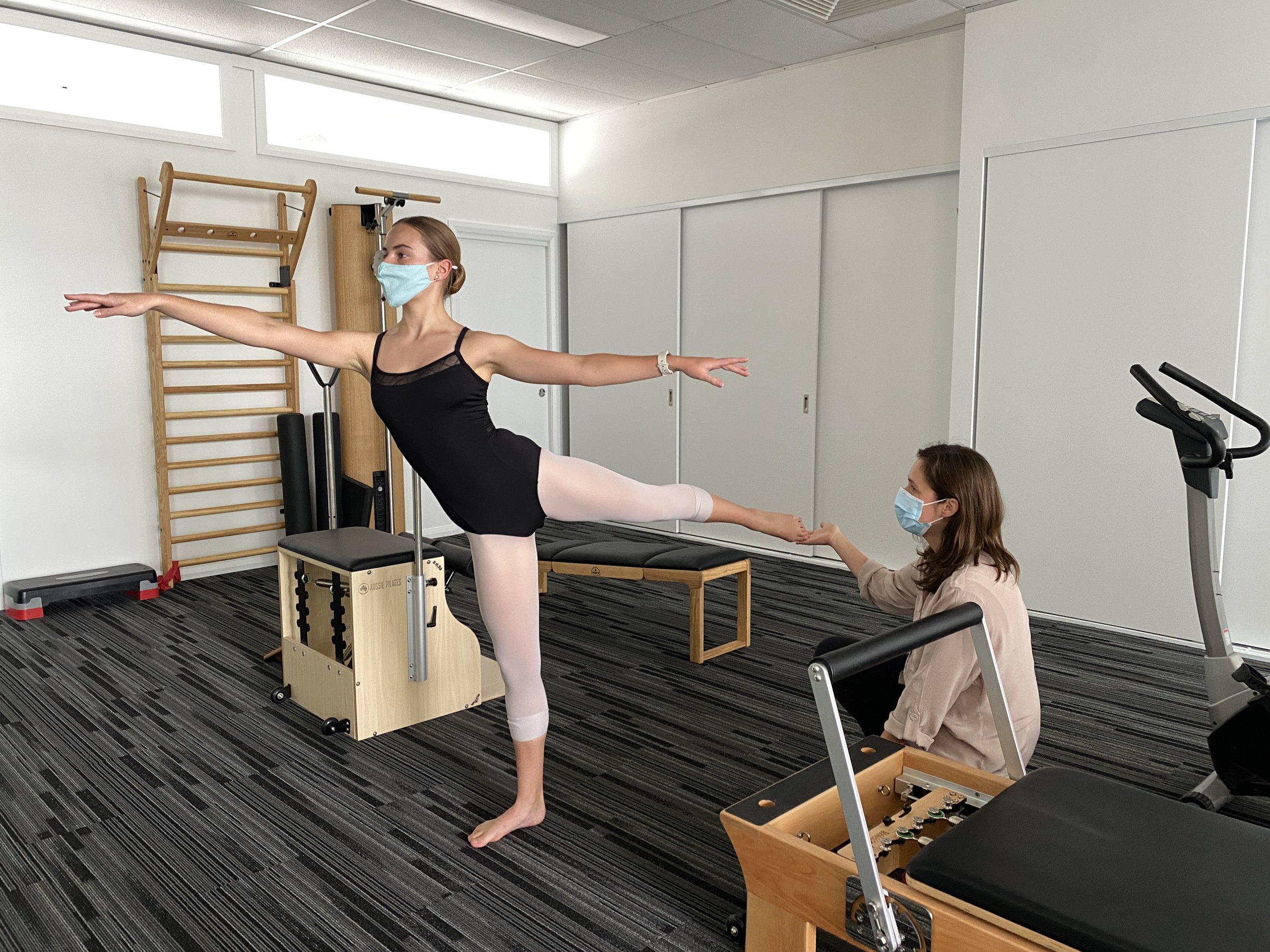Audition screening assessments and conditioning
Pictured above is Ellen who dances at A&L in Bowral
It’s happening, you have taken your dance career to the next level and you’re applying for a full-time position at a dance school or company. After all those years of training, sacrifices in terms of time and money, and dreams of what could be it is all coming together.
Different institutions have different processes when it comes to applying for positions, some may have internal assessments with health professionals, such as a physiotherapist that works in the institution, or they may require you to have an assessment done by a trained dance physiotherapist prior to an audition.
This is not a bad thing!… let me say it again, this is not a bad thing! the fact that this particular institution is being so proactive about your health and well-being is a very good sign.
So what can you expect from a pre-screening assessment? As I said before, many institutions have different requirements, and they’ll provide you or your dance teacher with a form to fill out by a physio like me. The Tertiary Dance Council Physiotherapist Examination is the most widely used in Australia and many assessments are hybrids of this. I have conducted many different assessments depending on the school, anything from the New Zealand School of Dance to Ev & Bow in Sydney, they usually have very similar things that require checking. This can include:
Pointe range
lower limb stability: single leg sautes, squats and plie
calf strength
turnout range and control
1st Metatarsal range (Big Toe)
Knee to wall range
postural symmetry
foot posture
bunion screening
patellofemoral joint stability and knee extension range
core control
neural tension testing
Why do I have to have this done? You can only ask the institution this question, however, from a healthcare perspective, it’s all about injury prevention. We know that there are certain measures of joint range, stability and strength that will give us an indication of your likelihood of injury and of success in a full-time career as a dancer. Let’s face it, dancers are some of the fittest athletes around requiring a range of abilities including cardiovascular fitness, flexibility, strength, co-ordination and balance. Early intervention is always best, and if you are considering applying for a full-time position in the future, you can always see a dance physiotherapist like me to do an early screening. One of the things I enjoy the most is dance conditioning, working on all those things that institutions look for. So that when your time comes, you’ll be confident that you’ll pass any test they throw your way.
If you have questions about the post or if you would like to have a session with me feel free to contact me via social media or email.
Sam

